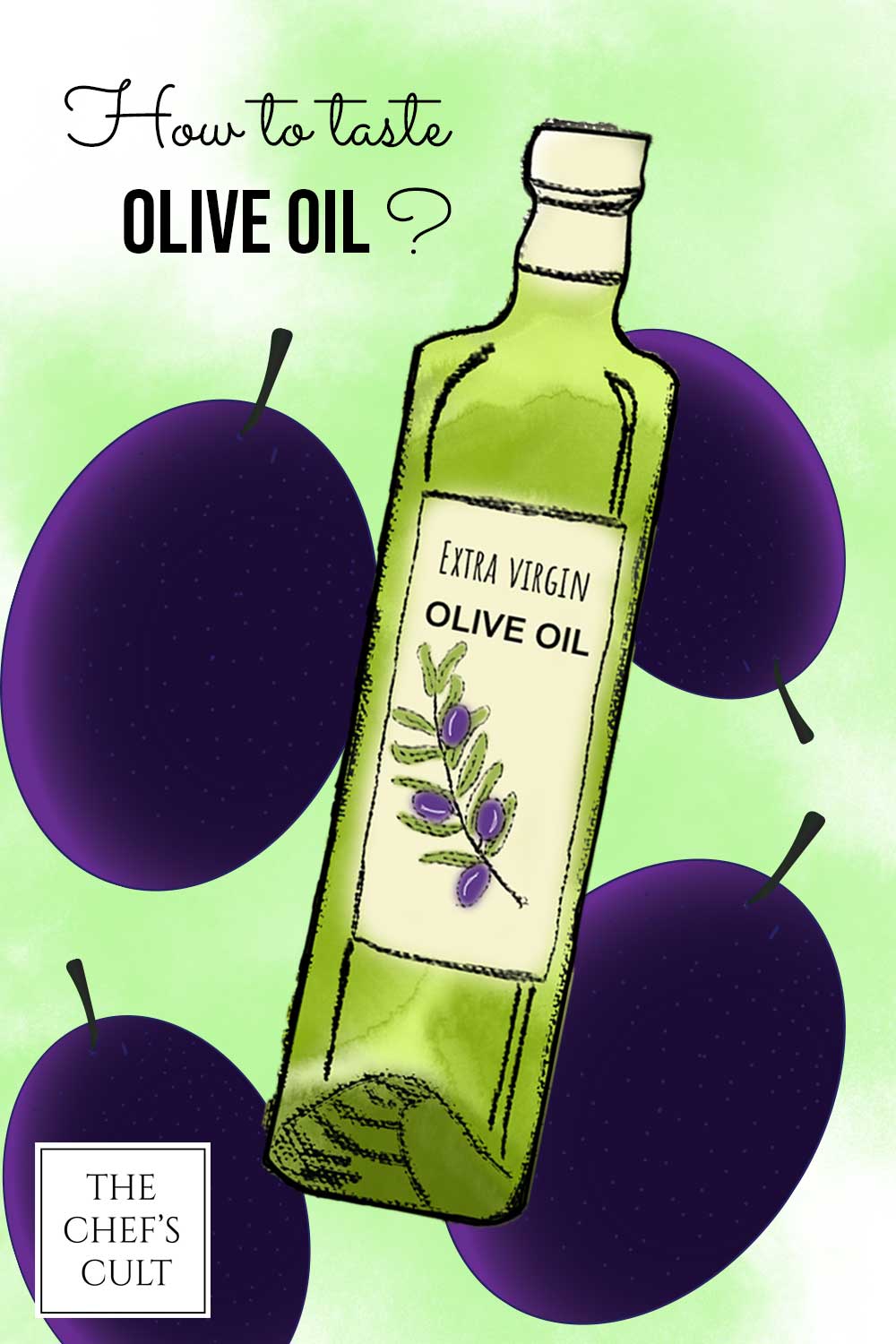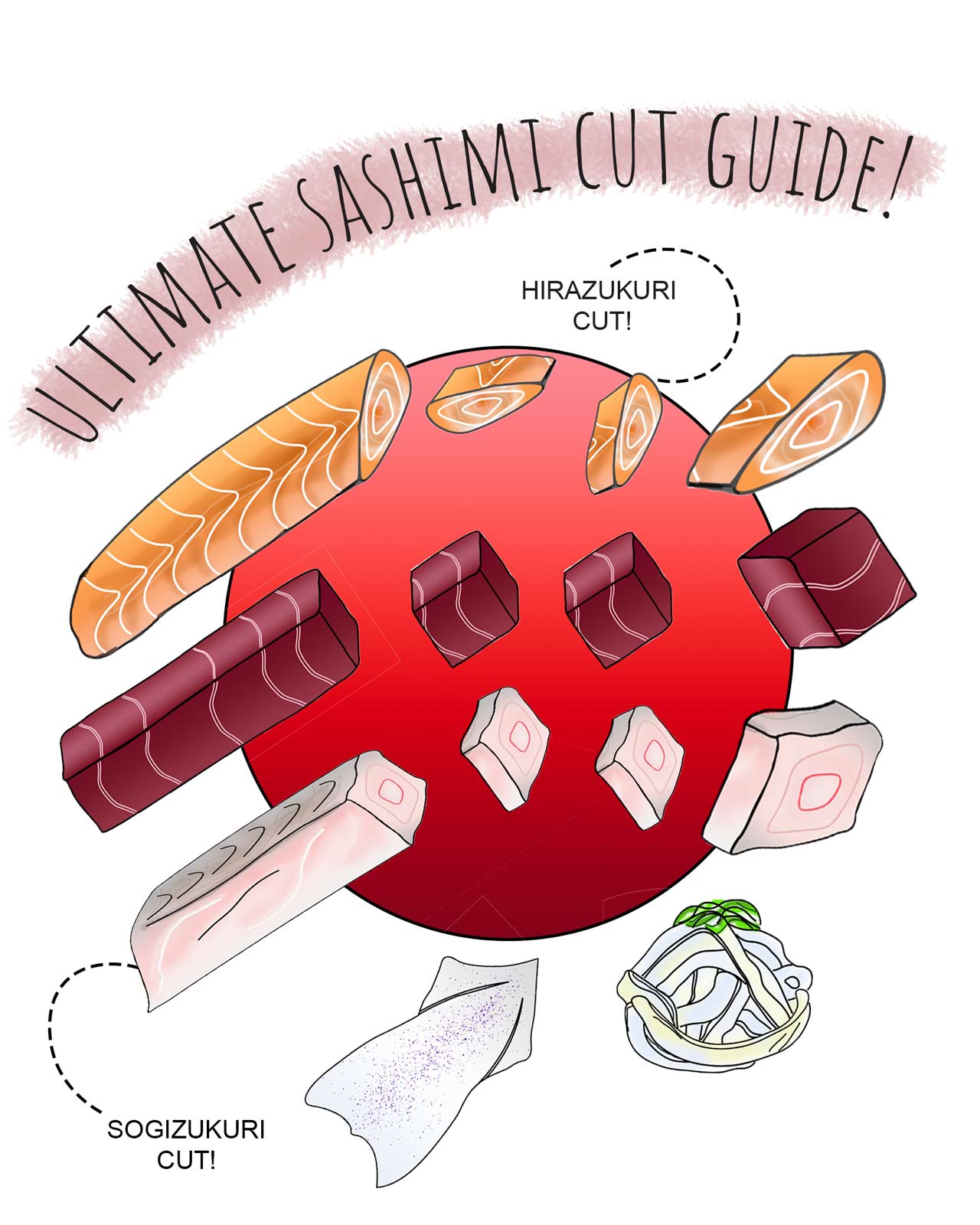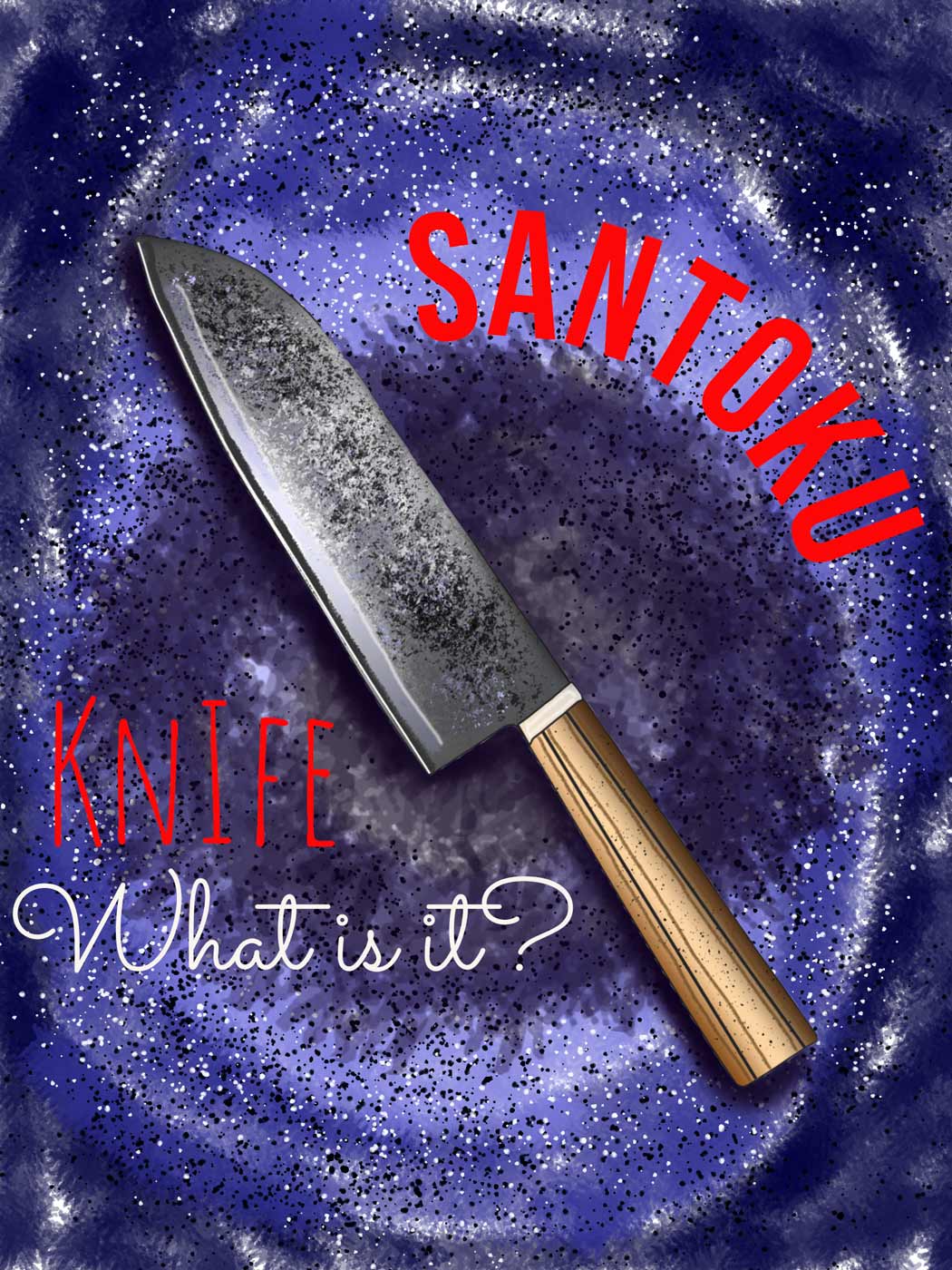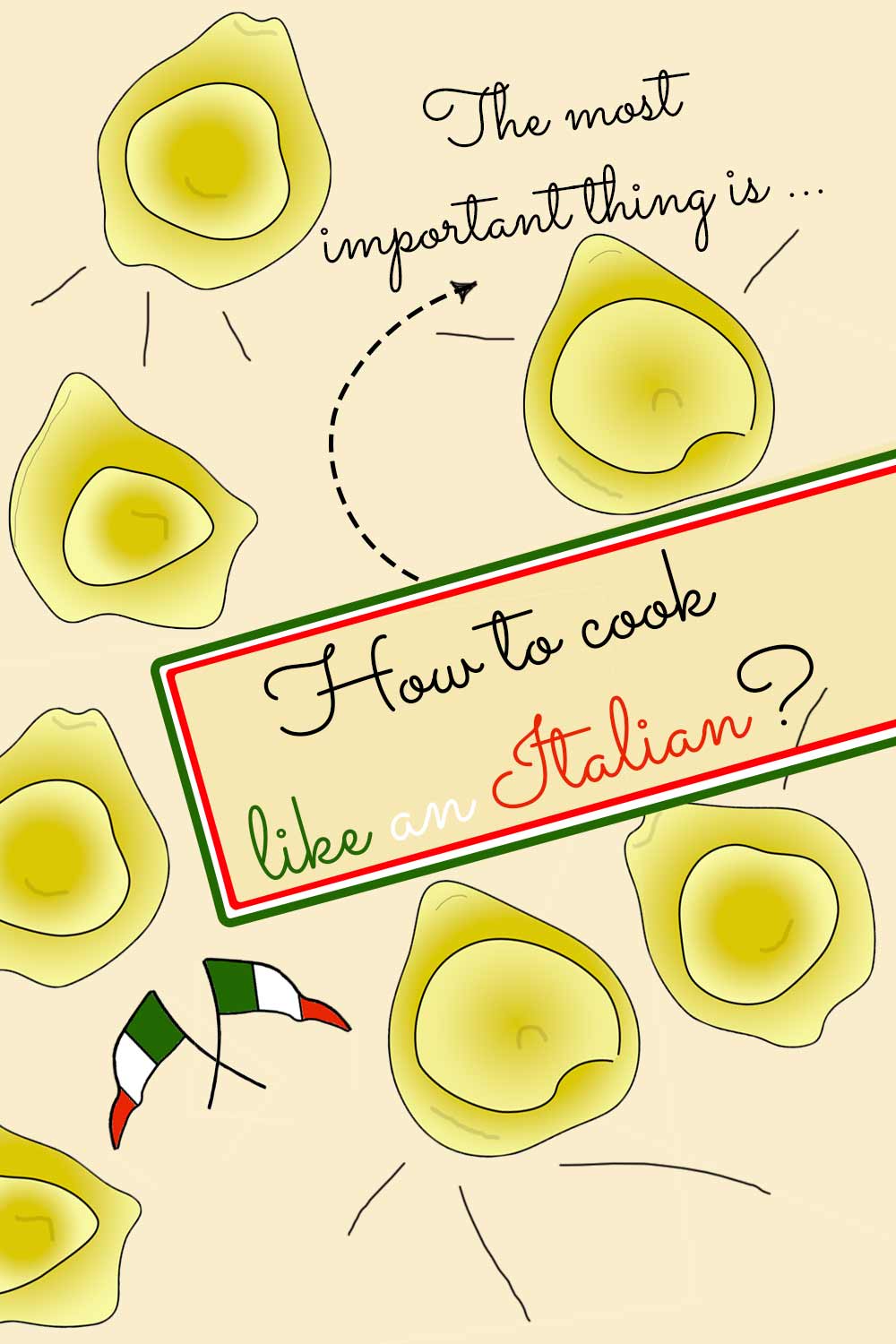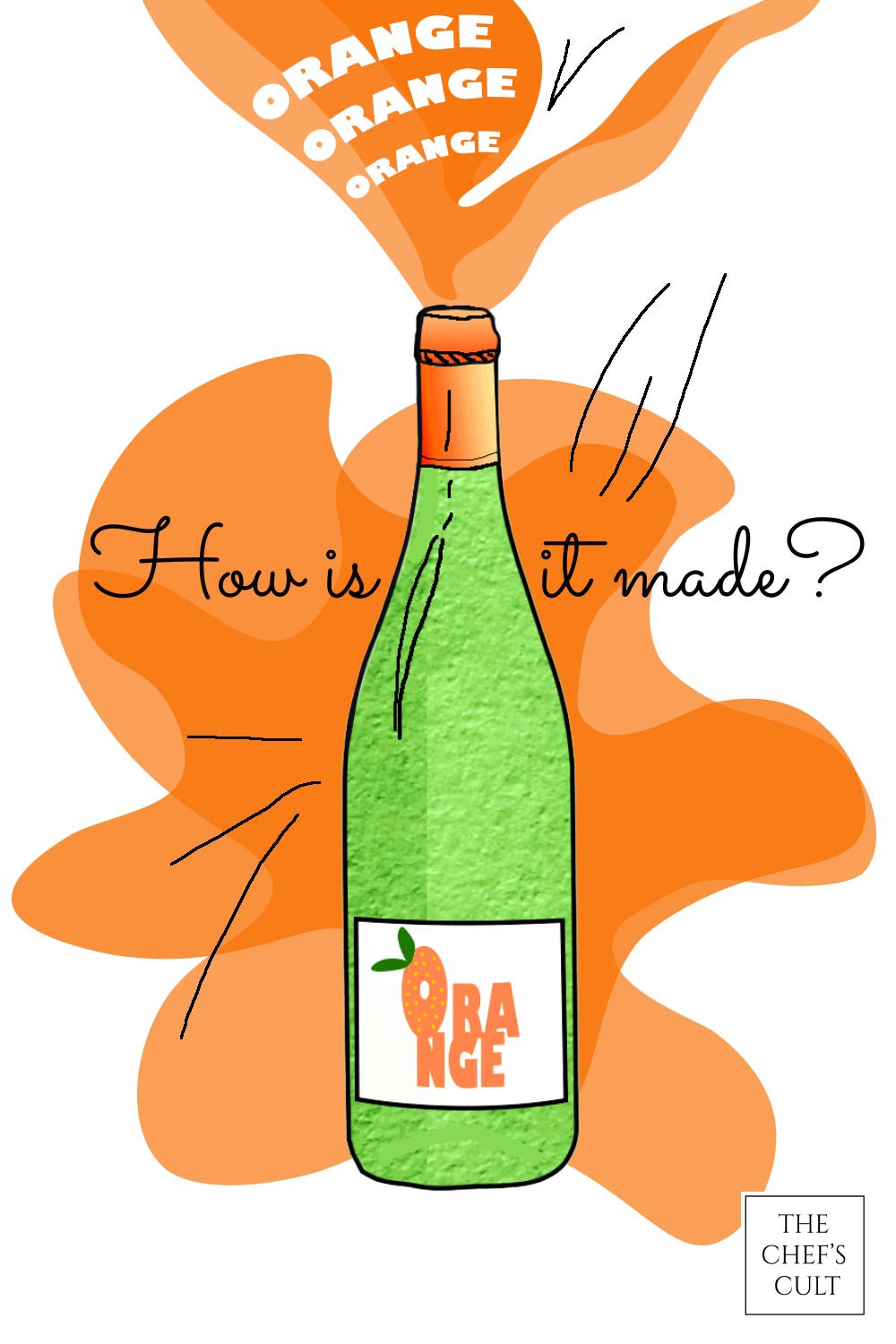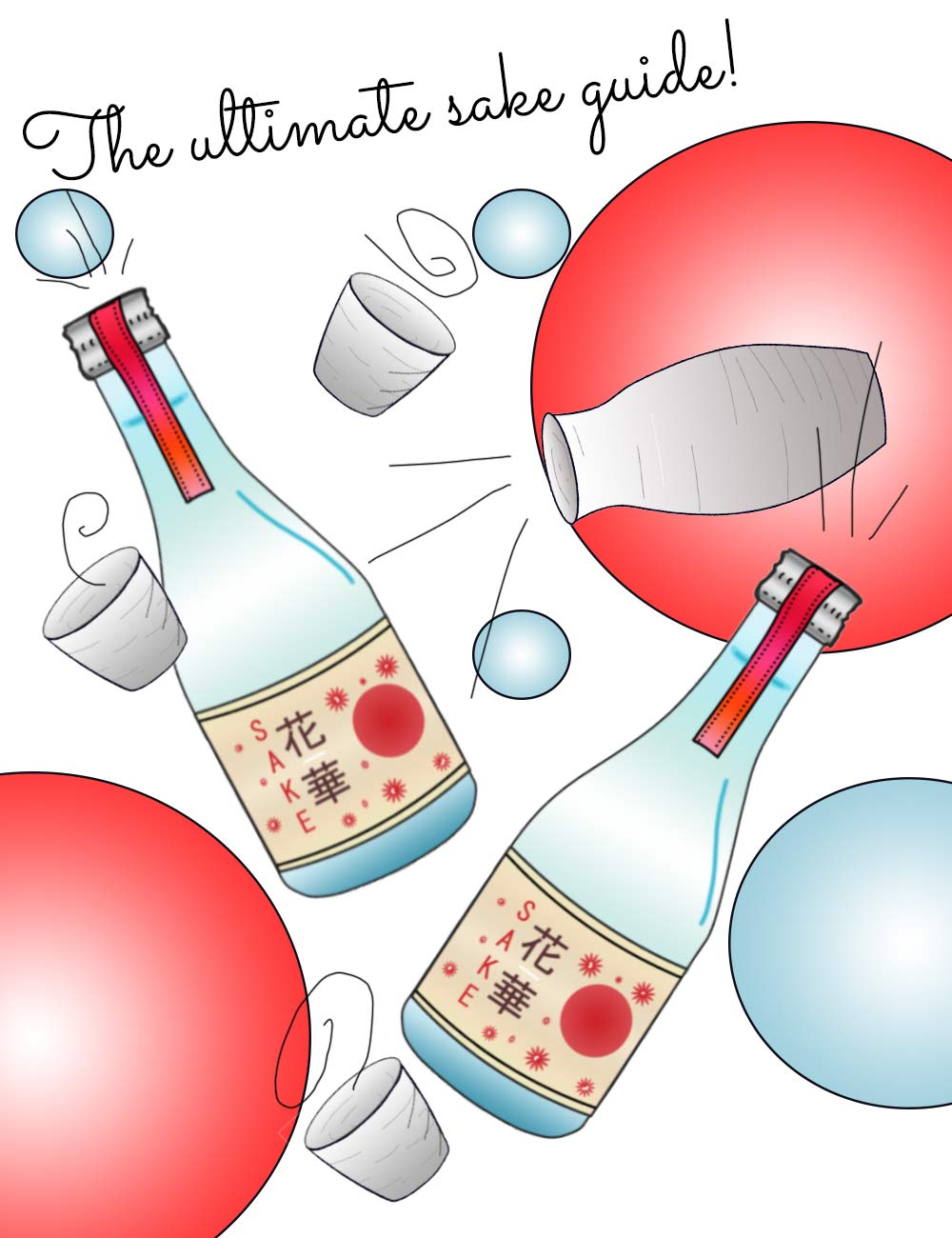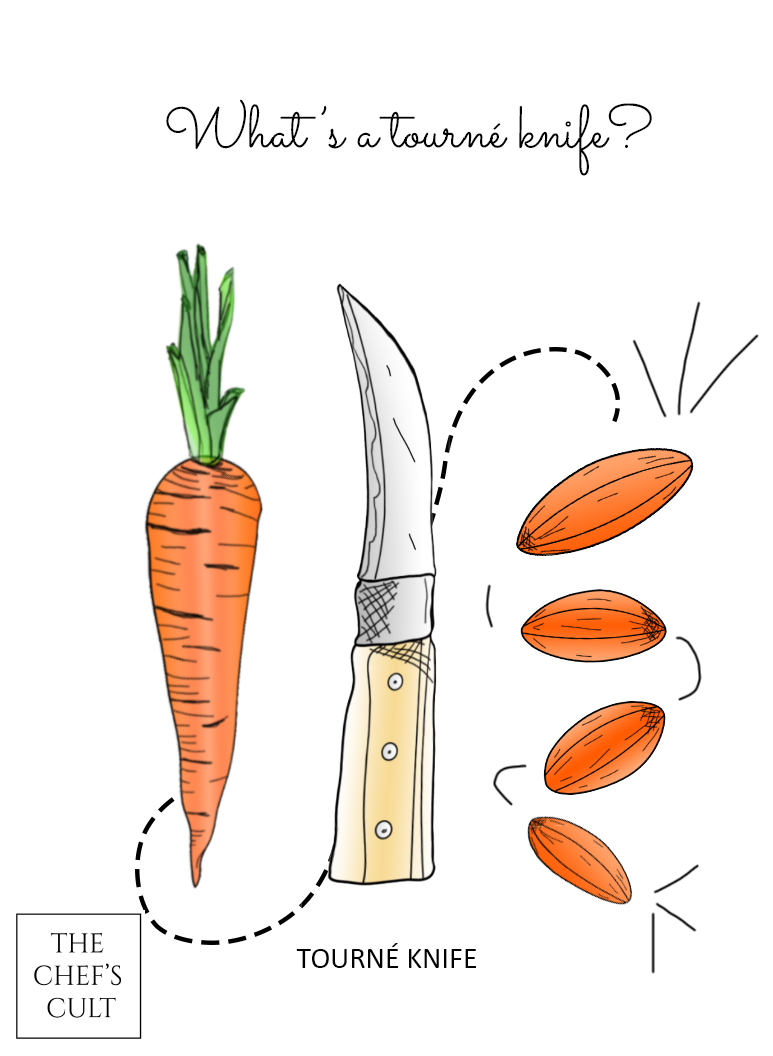Hello my little olives and welcome to the aromatic wonderland of olive oil, where sniffing isn’t just for allergies, it’s a sophisticated art form! Picture yourself in a room filled with tiny blue glasses, like a secret club for olfactory enthusiasts. Forget the usual suspects of lavender-scented candles; here, we’re decoding the fragrance of liquid gold—olive oil. It’s a journey where we go beyond the basic “smells good” and dive into the subtle world of olives, where fruity and grassy notes mingle like a Mediterranean garden party. So, grab your nose, dust off your sniffing skills, and let’s embark on an adventure where the nose knows, and olive oil is more than just a slick character in the kitchen—it’s a perfumed legend!
Sunny day, ocean coast, salt in the air, the smell of summer, and mussels! They are essential to cuisines around the world and prepared in various dishes and styles. But do you know how they are farmed? If they are healthy or fresh, old or young, and many more? Here you’ll find out everything you should know about mussels in our ultimate mussel guide!
If you’re into wine (as we are), you sure have met Mr. wine-sediment in your glass or bottle! This phenomenon is common, especially in older bottles or high acidity wines, but do not be alarmed! Wine sediment is nothing to worry about, it’s something to learn about! In our ultimate wine sediment guide we’ll try to answer all your questions and problems regarding this topic. What is wine sediment? How does it form? Is it safe to consume and many, many more! Find out now!
Master the basic sashimi cuts now! You only need to know a few simple cutting techniques used for most classic sashimi types. Almost everyone heard about sashimi, but the real beauty of it (as it often is with Japanese cuisine) lies in the techniques which are used for making great sashimi. Traditionally, the real sashimi master learns its skills for a few years, but we will try to give you a quick and easy to understand sashimi crash course! Now sharpen your sashimi knives, and let’s jump right into the great, big, frightening ocean of sashimi!
Today it’s all about getting the Japanese knives out (only for cooking purposes of course), we’ll learn everything you should know about the Santoku knife! It’s one of Japanese most used knives, you can find them literally all over the country, from home kitchen to professional Michelin star restaurants. What’s the fuzz about Japanese knives all about? Find out now!
You sure asked yourself how to cook like an Italian? You only need to know a few basic cooking principles which are applied across most restaurants (and kitchens) across Italy. One word that hits straight in the hearts of most Italians is “mantecatura” or the aberration “mantecare”. Today you’ll learn …
Hello, my little oranges! If you’re a wine geek (as we are) you probably somehow stumbled upon a few bottles of orange wine and now you ask yourself “how the heck is orange wine made”? Well, find out now in our quick orange winemaking guide!
Today it’s time for our ultimate, quick and easy sake guide! What is sake really? If you ever wondered what the heck is in those little sake glasses, and why is everything so cute around sake? Well, now you’ll find out!
Hello my little knife waving ninjas! Today we’re undusting our ultimate kitchen knife guide with the two most badass knives every beginner should learn about! We’ll learn everything you should know about your sharp, sexy and pointy paring knife and his curvy little brother, the turning knife, or if we may speak a little French (merci beaucoup), the Tournée knife! Let’s cut (for learning purposes, some vegetables)!
The world has a fair share of intriguing cuisine, which is not always in the spotlight of cooking shows or Instagram snaps! One small and bizarre part of it are surely blood sausages! They are part of different cultures, but one is unique to all of them – blood. Apart from mainly pork meat, blood is the main ingredient of blood sausages. They are cooked, fried or baked and are, of the records, a large part of worlds cooking culture! Now let’s find out more!
